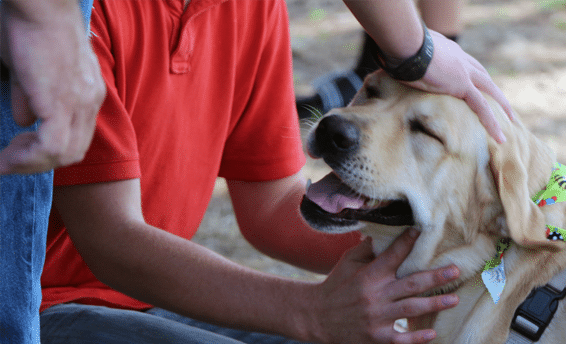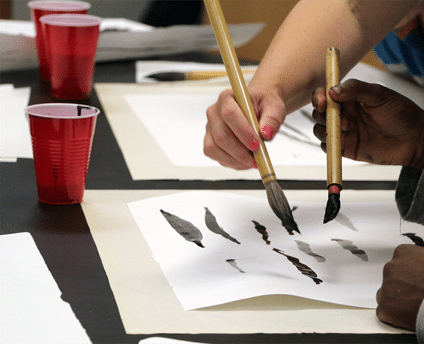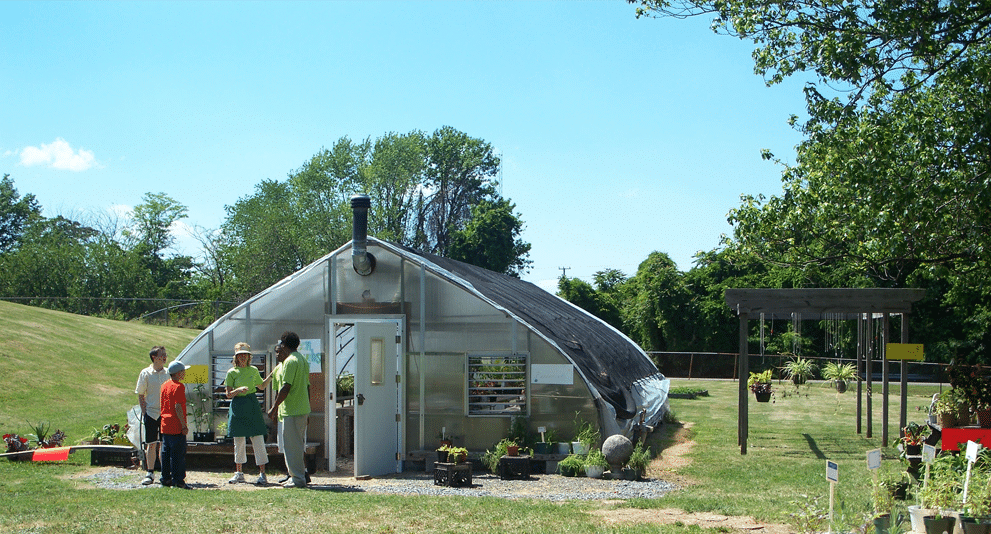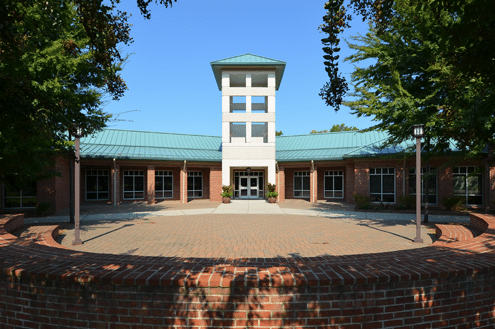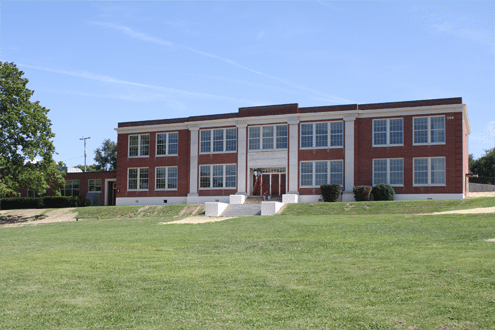History
A proud legacy of empowering children and familiesHistory
A proud legacy of empowering children and families
1900
The Virginia Annual Conference is granted a charter from the state legislature and builds an orphanage on property in Richmond at 3900 West Broad Street.
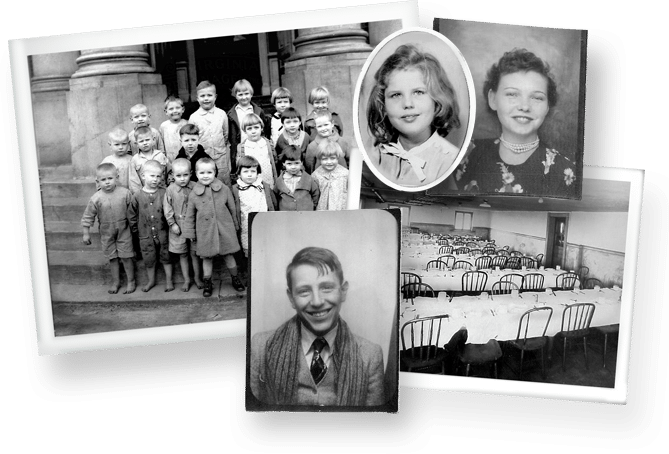
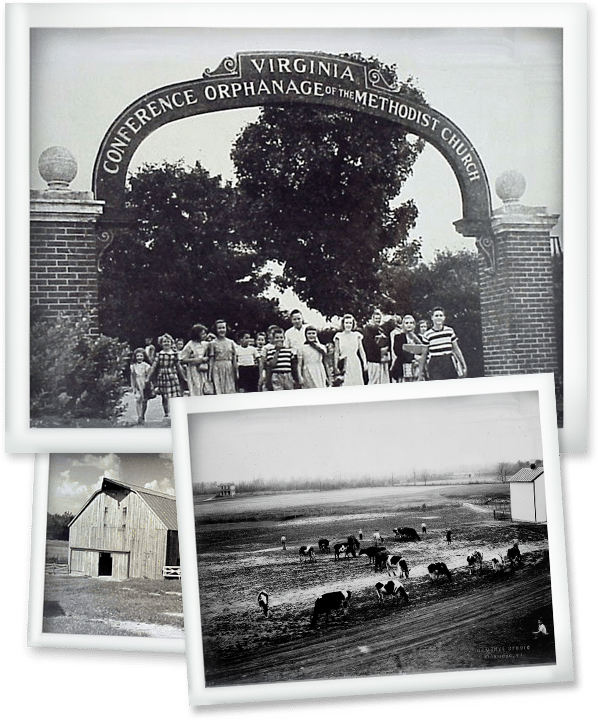
1910–1920
The orphanage flourishes as a farming community and includes a school, print shop and dairy. The orphanage also operates a farm and camp in New Kent County.
1920–1930
At the outset of the Great Depression, many children are placed at the orphanage because of financial necessity. The number of residents peaks at 365 children.
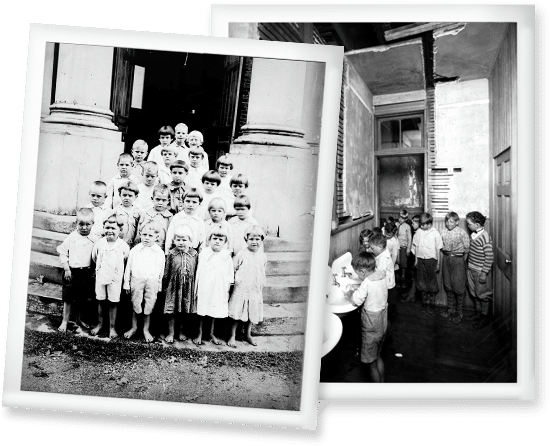
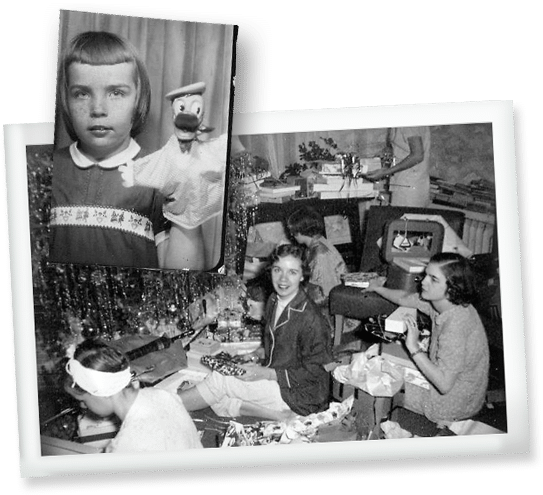
1930–1940
The church devotes the month of December to raise funds for the orphanage. Prior to this, the Board requests that a 10 percent assessment on pastors’ salaries be the means of financing the orphanage operation. Farm income and, later, special church collections, provide funds to operate the orphanage.
1940–1950
In the years after the Social Security Act is enacted, the number of children living at the orphanage for custodial care declines due to the growing availability of public assistance for families in need.
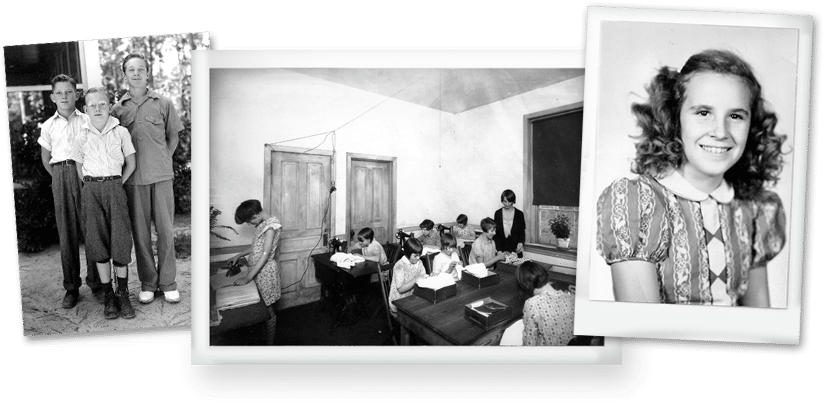
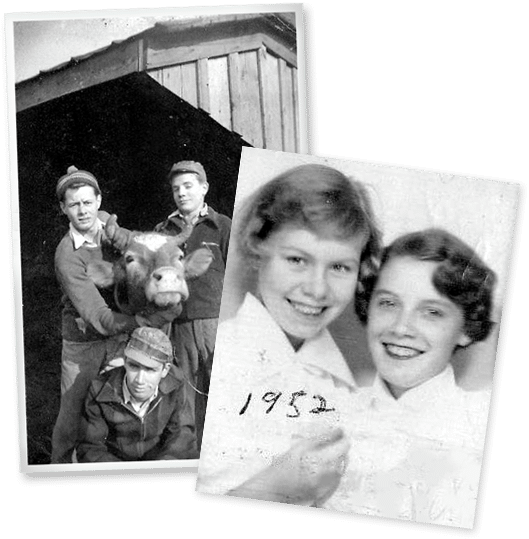
1950–1960
The farm at the Broad Street site is closed, and the name of the orphanage changes to the Virginia Methodist Children’s Home. Programs now serve more children on a temporary basis and return them to their families.
1960–1970
The farms in New Kent County are closed and sold. Funds from the sale, plus funds from land sold on Broad Street and a Conference Fund Drive, are used to finance new cottages and other buildings on the Broad Street property.
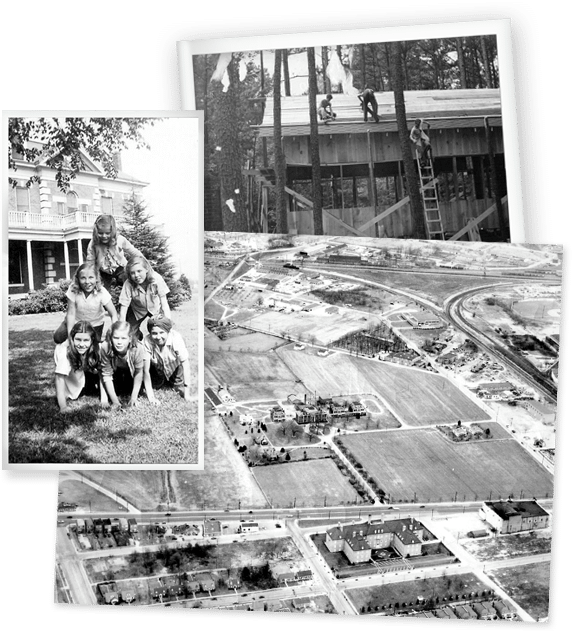
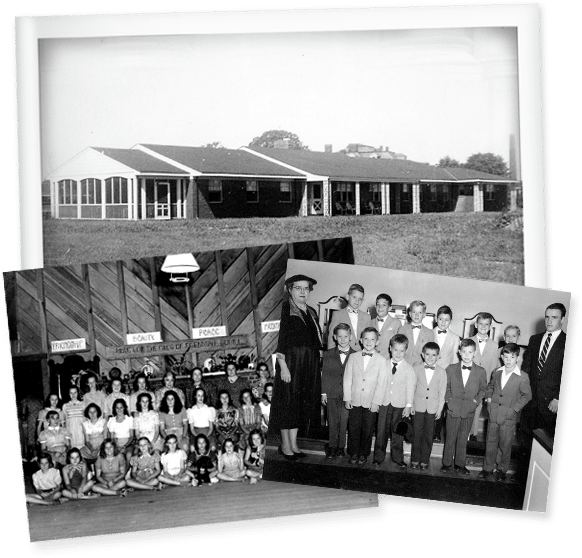
1970–1980
Charterhouse School opens on the Broad Street campus and is named after the school of John Wesley, founder of the Methodist church. Charterhouse School will provide greatly needed special education for residential youth.
1980–1990
To meet the changing needs of society and better identify program goals, the Annual Conference votes to change the name of the Children’s Home to United Methodist Family Services of Virginia. Now a special emphasis is placed on working with the whole family to help meet the needs of children.
Programs expand to include
adoption and foster care as well as a residential treatment program for youth, while regional centers open in Northern Virginia and Tidewater.
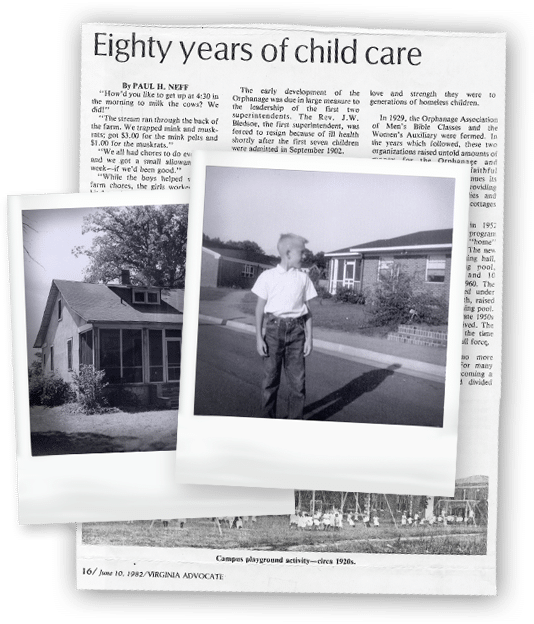
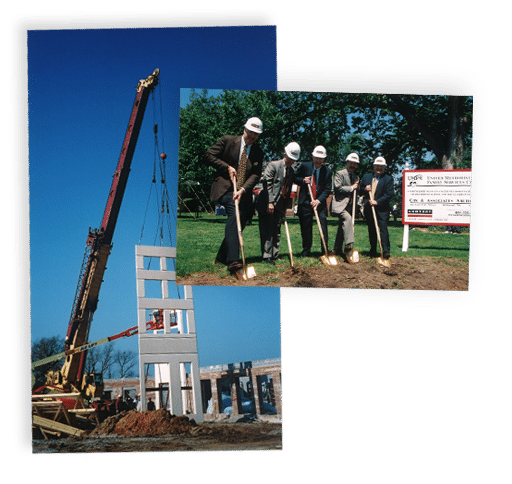
1990–2000
A satellite office of the Northern Virginia Regional Center opens in Harrisonburg. Fredericksburg Regional Center opens, offering treatment foster care and mentoring services.
Guardian Place, a 120-unit apartment building for people over 55 with low-to-moderate income opens.
United Methodist Family Services teams with WRIC-TV and corporate sponsors to create A Child Waiting, a weekly television series profiling children waiting for adoption.
Construction begins on expanded buildings for Charterhouse School.
2000–2010
UMFS celebrates 100 years and sees success in its first ever capital campaign.
A regional center opens in South Central Virginia with a satellite office in Farmville.
A national grant is awarded to UMFS, creating a regional Quality Improvement Center on Adoption, which will demonstrate the effectiveness of public-private collaboration in finding permanent families for waiting children over the next five years.
Leland House, a residential treatment center, opens in Centreville to provide intervention and stabilization for children and teens.
The new building for Charterhouse School opens on the Richmond campus and the Charterhouse School Day Program expands. Career and technical education are added to the curriculum.
Therapeutic Treatment Services in the Public Schools is added to the UMFS Network of Services, along with Project LIFE, a collaborative effort of UMFS and the Virginia Department of Social Services.
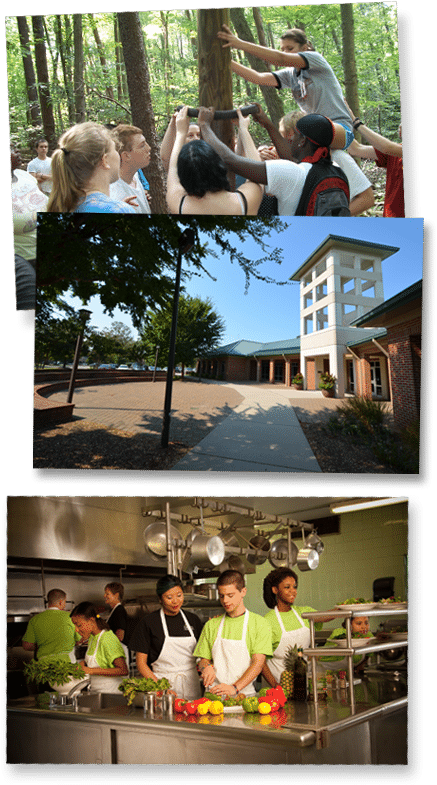
CELEBRATING 125 YEARS
We’re thrilled to honor 125 years of UMFS transforming lives and building brighter futures.
Since 1900, we’ve been a source of hope and resilience, creating meaningful change for children, families, and communities.This milestone celebrates our legacy and renews our commitment to the future.
